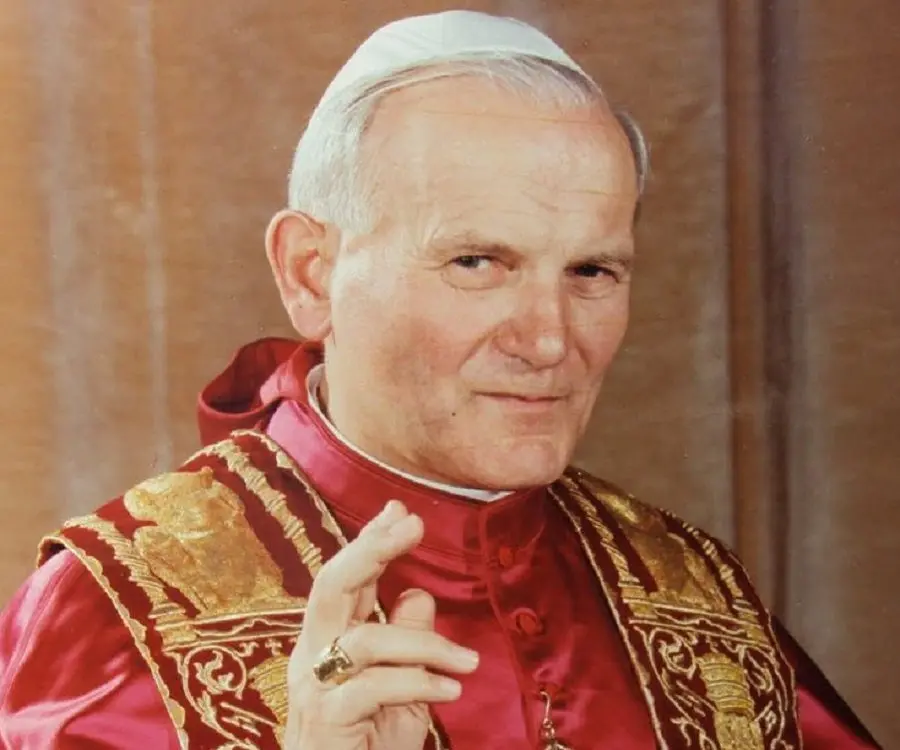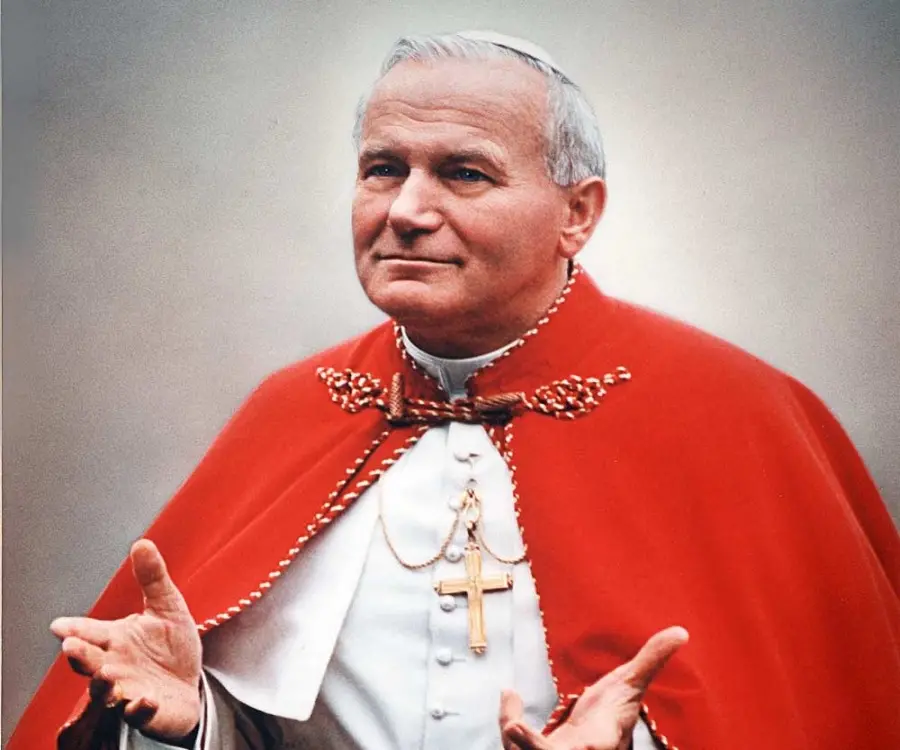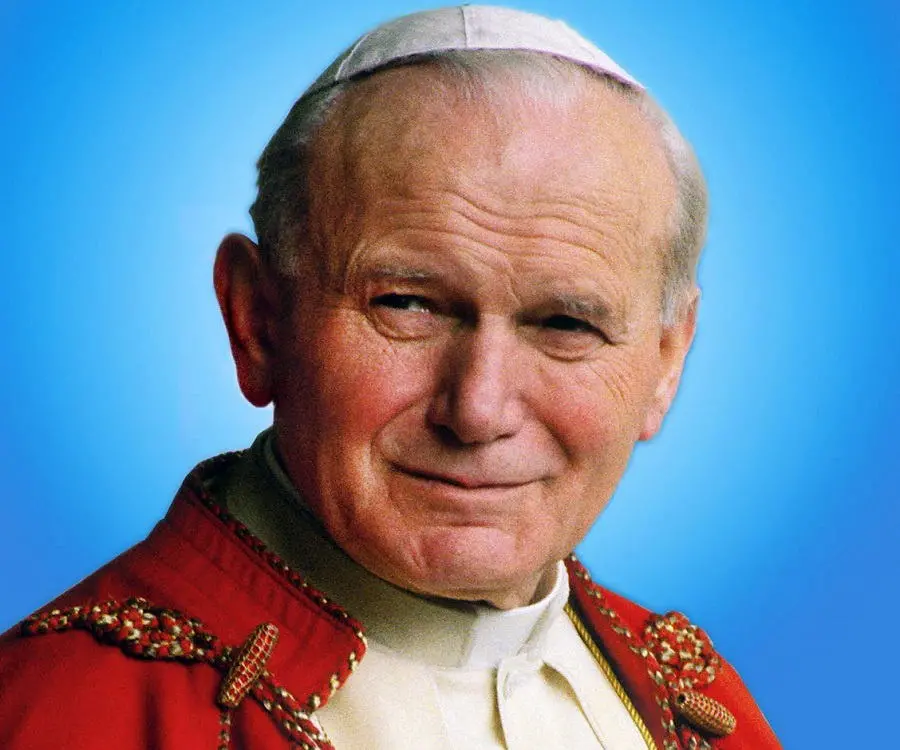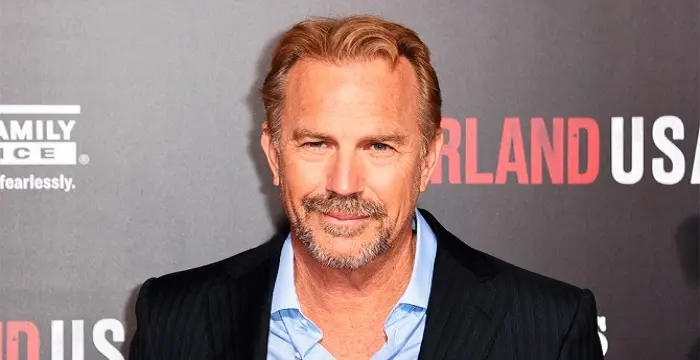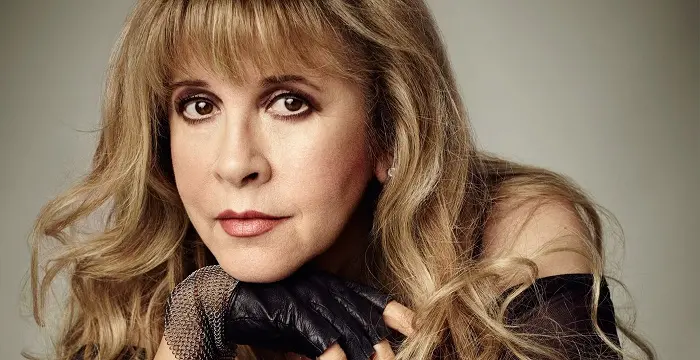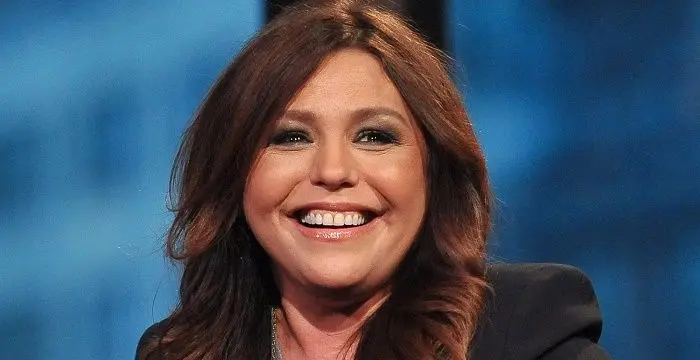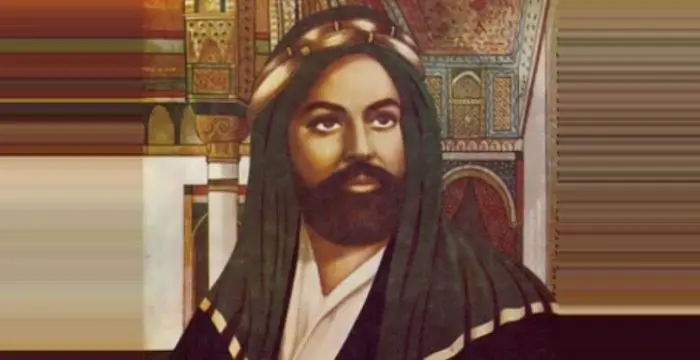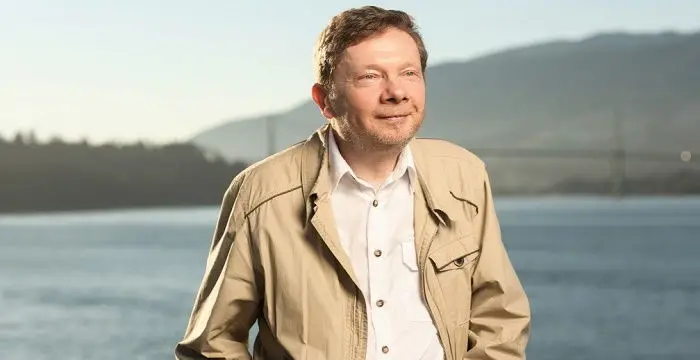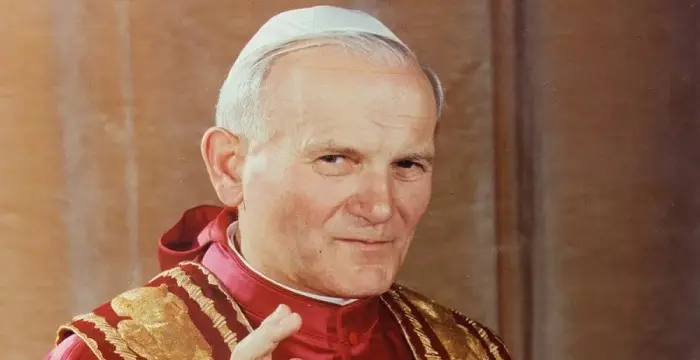
Pope John Paul II - the 264th Pope (bishop of Rome), Timeline and Life
Pope John Paul II's Personal Details
John Paul II, also known as Blessed John Paul, served as the Pope of the Catholic Church for more than two and half decades
| Information | Detail |
|---|---|
| Birthday | May 18, 1920 |
| Died on | April 2, 2005 |
| Nationality | Polish |
| Famous | Philanthropists, Pace University, Philosophers, Leaders, Spiritual & Religious Leaders, ENFJ, the 264th Pope (bishop of Rome) |
| Universities |
|
| Notable Alumnis |
|
| Birth Place | Wadowice |
| Religion | Roman Catholic |
| Gender | Male |
| Father | Karol Wojtyla |
| Mother | Emilia Kaczorowska |
| Sun Sign | Taurus |
| Born in | Wadowice |
| Famous as | The 264th Pope (Bishop of Rome) |
| Died at Age | 84 |
Pope John Paul II's photo
Who is Pope John Paul II?
Plenty have been written and said about the remarkable journey of Karol Jozef Wojtyla, popularly known as Pope John Paul II, to the most sacred seat of catholic community in the world. Throughout his lifetime, he earned both the admiration and criticism for his stands and opinions and enjoyed great influence over the masses. Along with being the longest serving Pope in history, he was also the first non-Italian since 1523 to become the Pope. Considered one of the most powerful religious authorities of 20th century, he was instrumental in improving relationships of the Catholic Church with Judaism, Islam, the Eastern Orthodox Church, and the Anglican Communion. Never restricting himself to the comforts and safety of Vatican, he pushed aside the boundaries of religion, culture, caste and creed to spread the message of ‘God’ and apologized for the wrong doing and sufferings inflicted by the Catholic Church over the centuries. However, he defended the church’s decision to oppose the marriage of same sex couples for which he also faced great opposition. He vehemently opposed the various aspects of Liberation Theology (liberation movement in catholic theology) and also criticized the U.S invasion of Iraq, incessantly. To learn more about this great man scroll down.
// Famous Philanthropists
Kevin Costner
Kevin Costner is an American actor, director and singer who is best known for his portrayal of rugged individuals with complex emotions. This biography provides detailed information about his childhood, life, achievements, works & timeline
Stevie Nicks
Stevie Nicks is singer-songwriter rated among the 100 Greatest Singers of All Time by Rolling Stone Magazine. This biography of Stevie Nicks provides detailed information about her childhood, life, achievements, works & timeline.
Princess Ameerah Al-Taweel
Princess Ameerah Al-Taweel is a Saudi Arabian princess widely recognized for her philanthropy and activism. Check out this biography to know about her childhood, family, life history and achievements.
Childhood & Early Years
Karol Jozef Wojtyla who later came to be known as Pope John Paul II, was the youngest of the three children born to Karol Wojtyla sr. and Emilia Kaczorowska, a school teacher in Wadowice, Poland.
He witnessed great tragedies during his childhood. His mother passed away when he was just nine and three years later his brother also died.
After moving to Krakow with his father in 1938, he was enrolled to the Jagiellonian University. There, he learned philosophy along with other languages and also volunteered as a librarian.
While pursuing education, he worked with various theatrical groups as a playwright. He also developed a special liking for languages and learned 12 foreign languages which he used extensively while serving as a Pope.
In 1939, Nazis invaded Poland and they closed the University and those capable of working were required to find a job. He worked as a messenger for a restaurant as well as a manual labourer in a lime stone quarry and also in a chemical factory.
Priesthood & World War II
By the time his father died, he had already resolved to become a priest and in this pursuit, he approached the Bishop’s Palace in Krakow in 1942 to seek permission to study for priesthood. Soon, he started attending Clandestine Underground Seminary run by the Archbishop of Krakow.
During World War II, on August 6, 1944, the day which came to be known as the ‘Black Sunday’, Gestapo, the secret police of Nazi Germany started imprisoning young men to prevent uprisings in Krakow, similar to the one that had broken out recently in Warsaw.
To avoid capture, he hid himself in the basement of his uncle’s house and later escaped to the Archbishop’s Palace.fter the Germans fled the city, the students reclaimed the dilapidated seminary where Wojtyla volunteered to clean the piles of excrement in the toilets.
After completing his studies, he was ordained as a priest on November 1, 1946. As a priest, he was sent to the Pontifical International Athenaeum Angelicum in Rome to study under French Dominican Fr. Reginald Garrigou-Lagrange.
He became a licentiate in July 1947 and successfully completed his doctoral thesis titled, ‘The Doctrine of Faith in St. John of the Cross’ on June 14, 1948. He returned to Poland the same year.
As A Priest
Soon he started serving as a priest in Niegowic, a village, fifteen miles from Krakow. The following year, he moved to Saint Florian's parish in Krakow where he worked as a teacher of ethics at the Jagiellonian University and later at the Catholic University of Lublin.
In 1954, he completed his second doctorate in philosophy and started writing for the newspaper, 'Tygodnik Powszechny' or the ‘Universal Weekly’. Apart from writing about contemporary matters related to the church, he also addressed issues like war and life under communism.
He always categorized his literary and religious works and published the former under a pseudonym so that readers recognize them on the basis of their merit and not his name.
During his Kayaking vacation in July, 1958 he came to know about his nomination for the position of Auxiliary Bishop of Krakow. After he agreed to serve as an auxiliary to Archbishop Eugeniusz Baziak, he was consecrated to the Episcopate on September 28, 1958, making him the youngest Bishop in Poland.
In 1960, he authored a theological book, ‘Love and Responsibility' defending the teachings of the church on marriage with a philosophical perspective.
Following the death of Baziak in 1962, he became the Vicar Capitular, temporary administrator of the Archdiocese. In this capacity, he also took part in Second Vatican Council where he also offered great contributions to ‘Decree on Religious Freedom’ and the ‘Pastoral Constitution on the Church in the Modern World’
He also took part in Assemblies of Synod of Bishops and his contributions as a temporary administrator began to be recognized. He was made the Archbishop of Krakow, on December 1963 by Pope Paul VI.
Later on June 26, 1967 he was promoted to the Sacred College of Cardinals. As the Cardinal-Priest of the titulus of San Cesareo in Palatio, he helped to formulate the encyclical ‘Humanae Vitae’, which dealt with issues of abortion and artificial birth control.
Papacy
After the death of Pope Paul VI, Albino Luciani was appointed as the next Pope – Pope Paul John I. However, he passed away just after 33 days thus calling for another conclave of cardinals.
Though Cardinal Giuseppe Siri and Cardinal Giovanni Benelli were the main contenders for the post, they faced some oppositions and Cardinal Franz K�nig, Archbishop of Vienna suggested Karol Jozef Wojtyla, the Polish Cardinal, as a potentiate candidate.
To everyone’s surprise, he won the election on the eighth ballot on the second day and received 99 votes from 111 participating electors. Succeeding Pope John Paul I, he became Pope John Paul II, the youngest Pope in the history of Rome. On October 22, 1978, his papal inauguration ceremony was organized.
Foreign Travels & Their Impacts
As the Bishop of Rome, he visited almost 129 countries, including Mexico, Cuba, Ireland, United Kingdom, Egypt and Jerusalem and was later, given the name, ‘Pilgrim Pope’ for his extensive travels.
He is also credited for catalyzing the decline of communism in Central and Eastern Europe. In June 1979, he visited his homeland, Poland, where he was welcomed by an ecstatic crowd. This trip uplifted the spirit of the nation and instigated the solidarity movement of 1980.
During his visit to Haiti on 9 March 1983, he bluntly criticized the poverty of the country which inspired massive protests against the ruling government. Soon the dictatorial rule of Jean-Claude "Baby Doc" Duvalier came to an end.
In May 1999, he visited Romania, thus becoming the first Pope to visit an Eastern Orthodox country since the Great Schism in 1054. In 2001, he travelled to Kazakhstan to celebrate the 17,000 years of Christianity.
On 23–27 June 2001, he made a visit to Ukraine, an orthodox nation, on the invitation of President of Ukraine and bishops of the Ukrainian Greek Catholic Church. He also visited Greece in 2001, the first Pope to do so in 1291 years.
Though making a visit to Russia was one of his greatest dreams, it never materialized. However, he tried unrelentingly to find a solution to conflicts between Catholic and Russian Orthodox churches.
Improving Strained Relationships
He went to great lengths to improve sour relationship with Islam and was the first Pope to pray in an Islamic mosque (Umayyad Mosque) in Damascus, Syria, where John, the Baptist is believed to have been interred.
He even kissed the Holy Quran in Syria which made him immensely popular with the Muslims though it upset the Catholics.
He also maintained a healthy rapport with Buddhists and met Tenzin Gyatso, the 14th Dalai Lama eight times.
On 15–19 November, 1980, he made a visit to Germany, which has a huge Lutheran population and met the leaders of the Lutheran and other Protestant Churches.
He maintained a good relationship with the Church of England and became the first reigning Pope to travel to United Kingdom in 1982 when he met Queen Elizabeth II, the Supreme Governor of the Church of England.
The relationship between Christianity and Judaism improved during his pontificate, mainly due to his visits to the Auschwitz concentration camp in Poland and to the Great Synagogue of Rome on 13 April 1986. He also set up diplomatic relations with the State of Israel.
On 7 April, 1994, he hosted the ‘The Papal Concert to Commemorate the Holocaust’, the first ever event in the history of Vatican, dedicated to the memories of the 6 million Jews murdered during World War II.
On 31 October, 1999, representatives of Vatican and the Lutheran World Federation (LWF) signed a joined Declaration as a gesture of unity.
Assassination Attempts
On 13, May 1981, when he entered the St. Peter’s Square to address the audience, he was shot by Mehmet Ali Agca, an expert Turkish gunman belonging to the militant fascist group, Grey Wolves. The Pope was seriously injured and was taken to the Gemelli Hospital where he underwent a five hour surgery.
The second assassination attempt occurred on 12 May, 1982, in Fatima in Portugal when the assailant tried to stab John Paul II with a bayonet. The assailant was Spanish priest, Juan Mar�a Fern�ndez y Krohn, who claimed that the Pope was an agent of the Communist Moscow.
Controversies
Some catholic theologians opposed his canonization because of his views on sexual reproduction and ordination of women.
He was criticized for supporting the Opus Dei prelature and the canonization of its founder, Josemar�a Escriv� in 2002, whom he called 'the saint of ordinary life’.
He was harshly criticized by doctors and AIDS activists for his views on artificial birth control and the use of condoms to prevent the spreading of HIV.
In Third World Countries, he was accused of allegedly using social and charitable programs as a means to convert people to Catholicism.
Major Works
‘Crossing the Threshold of Hope’ written in 1994 is one of his most important books. Originally written in Italian, the book sold millions of copies, with one million copies sold in Italy alone. It is also been published in forty languages.
‘Memory and Identity: Conversations at the Dawn of the Millennium’ is one of his most remarkable works. This work offers a chronicle of the rise of evil in Europe such as Nazism and communism.
‘The Theology of the Body - Human Love in the Divine Plan’ is also one of his most notable works. The book is based on Jesus' conversation about the legitimacy of divorce with the Pharisees in Mark 10.
Awards & Achievements
He was awarded Presidential Medal of Freedom, America’s highest civilian honor, by President George W. Bush at a ceremony held at Apostolic Palace on 4th of June, 2004.
On May 11, 2011, he was beatified, which is third among the four steps leading towards canonization.
Personal Life & Legacy
In 2001, he was diagnosed with Parkinson’s disease, the news was officially acknowledged by Vatican in 2003. He also faced difficulties in speaking and hearing and was also suffering from osteoarthritis.
Since February 1, 2005, he was in and out of hospital. On 2 April, he spoke his final words, "Allow me to depart to the house of the Father" before falling into a coma.
He passed away in his private apartment on 2 Aril 2005, due to a heart failure from profound hypotension and circulatory collapse from septic shock, 46 days prior to his 85th birthday.
The pontiff’s funeral witnessed one of the largest gatherings in the history, surpassing the funerals of Winston Churchill and Josip Broz Tito.
Four kings, five queens, over 70 presidents and prime ministers, and more than 14 religious leaders attended the funeral and almost four million mourners gathered in Rome on 8 April 2005.
Following his death, clergies at the Vatican as well as the clergymen all over the world started referring to him as "John Paul the Great", making him only the fourth Pope ever and the first in the millennium to receive the honor.
On 29 April, 2011, he was disentombed in front of thousands of people, one of the biggest events in Rome since his funeral. His remains were placed in front of main altar of Basilica.
On May 3, 2011, he was reinterred in a marble altar in Pier Paolo Cristofari's Chapel of St. Sebastian, where Pope Innocent XI was buried.
Trivia
He is the only Pope whose life was portrayed in a comic book by Marvel Comics.
This Pope asked his students to call him “Wujek” (Polish word for “Uncle”) as in Poland the priests were restricted from travelling with their students. This nickname remained with him and became popular among his followers.
// Famous Pace University
Joy Mangano
Joy Mangano is a well-known inventor and entrepreneur from the USA. Check out this biography to know about her childhood, family life, achievements and fun facts about her.
Bradley Cooper
Bradley Cooper is an American actor and is currently one of the biggest stars of Hollywood. Check out this biography to know more about his childhood, life, achievements, works and timeline.
Rachael Ray
Rachael Domenica Ray is an American celebrity cook, best selling cookbook author, a business women and a TV personality. This biography profiles her childhood, life, achievements and timeline.
Pope John Paul II's awards
| Year | Name | Award |
|---|---|---|
Other | ||
| 0 | 2004 - Presidential Medal of Freedom | |
| 0 | - National Jewish Book Award for Jewish-Christian Relations | |
Pope John Paul II biography timelines
- // 18th May 1920Karol Jozef Wojtyla who later came to be known as Pope John Paul II, was the youngest of the three children born to Karol Wojtyla sr. and Emilia Kaczorowska, a school teacher in Wadowice, Poland.
- // 1938After moving to Krakow with his father in 1938, he was enrolled to the Jagiellonian University. There, he learned philosophy along with other languages and also volunteered as a librarian.
- // 1939In 1939, Nazis invaded Poland and they closed the University and those capable of working were required to find a job. He worked as a messenger for a restaurant as well as a manual labourer in a lime stone quarry and also in a chemical factory.
- // 1942By the time his father died, he had already resolved to become a priest and in this pursuit, he approached the Bishop’s Palace in Krakow in 1942 to seek permission to study for priesthood. Soon, he started attending Clandestine Underground Seminary run by the Archbishop of Krakow.
- // 1st Nov 1946After completing his studies, he was ordained as a priest on November 1, 1946. As a priest, he was sent to the Pontifical International Athenaeum Angelicum in Rome to study under French Dominican Fr. Reginald Garrigou-Lagrange.
- // Jul 1947He became a licentiate in July 1947 and successfully completed his doctoral thesis titled, ‘The Doctrine of Faith in St. John of the Cross’ on June 14, 1948. He returned to Poland the same year.
- // 1954In 1954, he completed his second doctorate in philosophy and started writing for the newspaper, 'Tygodnik Powszechny' or the ‘Universal Weekly’. Apart from writing about contemporary matters related to the church, he also addressed issues like war and life under communism.
- // Jul 1958During his Kayaking vacation in July, 1958 he came to know about his nomination for the position of Auxiliary Bishop of Krakow. After he agreed to serve as an auxiliary to Archbishop Eugeniusz Baziak, he was consecrated to the Episcopate on September 28, 1958, making him the youngest Bishop in Poland.
- // 1960In 1960, he authored a theological book, ‘Love and Responsibility' defending the teachings of the church on marriage with a philosophical perspective.
- // 1962Following the death of Baziak in 1962, he became the Vicar Capitular, temporary administrator of the Archdiocese. In this capacity, he also took part in Second Vatican Council where he also offered great contributions to ‘Decree on Religious Freedom’ and the ‘Pastoral Constitution on the Church in the Modern World’
- // Dec 1963He also took part in Assemblies of Synod of Bishops and his contributions as a temporary administrator began to be recognized. He was made the Archbishop of Krakow, on December 1963 by Pope Paul VI.
- // 26th Jun 1967Later on June 26, 1967 he was promoted to the Sacred College of Cardinals. As the Cardinal-Priest of the titulus of San Cesareo in Palatio, he helped to formulate the encyclical ‘Humanae Vitae’, which dealt with issues of abortion and artificial birth control.
- // 22nd Oct 1978To everyone’s surprise, he won the election on the eighth ballot on the second day and received 99 votes from 111 participating electors. Succeeding Pope John Paul I, he became Pope John Paul II, the youngest Pope in the history of Rome. On October 22, 1978, his papal inauguration ceremony was organized.
- // 13th May 1981On 13, May 1981, when he entered the St. Peter’s Square to address the audience, he was shot by Mehmet Ali Agca, an expert Turkish gunman belonging to the militant fascist group, Grey Wolves. The Pope was seriously injured and was taken to the Gemelli Hospital where he underwent a five hour surgery.
- // 1982He maintained a good relationship with the Church of England and became the first reigning Pope to travel to United Kingdom in 1982 when he met Queen Elizabeth II, the Supreme Governor of the Church of England.
- // 12th May 1982The second assassination attempt occurred on 12 May, 1982, in Fatima in Portugal when the assailant tried to stab John Paul II with a bayonet. The assailant was Spanish priest, Juan Mar�a Fern�ndez y Krohn, who claimed that the Pope was an agent of the Communist Moscow.
- // 1986The relationship between Christianity and Judaism improved during his pontificate, mainly due to his visits to the Auschwitz concentration camp in Poland and to the Great Synagogue of Rome on 13 April 1986. He also set up diplomatic relations with the State of Israel.
- // 1994On 7 April, 1994, he hosted the ‘The Papal Concert to Commemorate the Holocaust’, the first ever event in the history of Vatican, dedicated to the memories of the 6 million Jews murdered during World War II.
- // 1994‘Crossing the Threshold of Hope’ written in 1994 is one of his most important books. Originally written in Italian, the book sold millions of copies, with one million copies sold in Italy alone. It is also been published in forty languages.
- // 1999On 31 October, 1999, representatives of Vatican and the Lutheran World Federation (LWF) signed a joined Declaration as a gesture of unity.
- // 2001In 2001, he was diagnosed with Parkinson’s disease, the news was officially acknowledged by Vatican in 2003. He also faced difficulties in speaking and hearing and was also suffering from osteoarthritis.
- // 2004He was awarded Presidential Medal of Freedom, America’s highest civilian honor, by President George W. Bush at a ceremony held at Apostolic Palace on 4th of June, 2004.
- // 2nd Apr 2005He passed away in his private apartment on 2 Aril 2005, due to a heart failure from profound hypotension and circulatory collapse from septic shock, 46 days prior to his 85th birthday.
- // 11th May 2011On May 11, 2011, he was beatified, which is third among the four steps leading towards canonization.
// Famous Spiritual & Religious Leaders
Swami Vivekananda
Swami Vivekananda was the chief disciple of Sri Ramakrishna, and was responsible for awakening India spiritually. Check this biography to know in detail about his life, profile and timeline.
Prophet Muhammad
Prophet Muhammad was the founder of Islam, one of the most widespread religions in the world. This biography profiles his childhood, life story, achievements and more.
Murad IV
Murad IV was one of the mighty Sultans in the history of the Ottoman Empire. This biography profiles his childhood, family, accession, rule, administration and timeline.
Eckhart Tolle
Eckhart Tolle is a well-known spiritual leader, and author. Check out this biography to know about his childhood, family, personal life, spiritual awakening, etc.
Russell M. Nelson
Russell M. Nelson is an American religious leader, author, and philanthropist. Check out this biography to know about his birthday, childhood, family life, achievements and fun facts about him.
Gautama Buddha
Gautama Buddha was a spiritual leader on whose teachings Buddhism was founded. This biography of Gautama Buddha provides detailed information about his childhood, life, achievements, works & timeline
Pope John Paul II's FAQ
What is Pope John Paul II birthday?
Pope John Paul II was born at 1920-05-18
When was Pope John Paul II died?
Pope John Paul II was died at 2005-04-02
Where was Pope John Paul II died?
Pope John Paul II was died in Apostolic Palace
Which age was Pope John Paul II died?
Pope John Paul II was died at age 84
Where is Pope John Paul II's birth place?
Pope John Paul II was born in Wadowice
What is Pope John Paul II nationalities?
Pope John Paul II's nationalities is Polish
What was Pope John Paul II universities?
Pope John Paul II studied at Pace University, Jagiellonian University, Pontifical University of St. Thomas Aquinas
What was Pope John Paul II notable alumnis?
Pope John Paul II's notable alumnis is Pace University
What is Pope John Paul II's religion?
Pope John Paul II's religion is Roman Catholic
Who is Pope John Paul II's father?
Pope John Paul II's father is Karol Wojtyla
Who is Pope John Paul II's mother?
Pope John Paul II's mother is Emilia Kaczorowska
What is Pope John Paul II's sun sign?
Pope John Paul II is Taurus
How famous is Pope John Paul II?
Pope John Paul II is famouse as The 264th Pope (Bishop of Rome)
